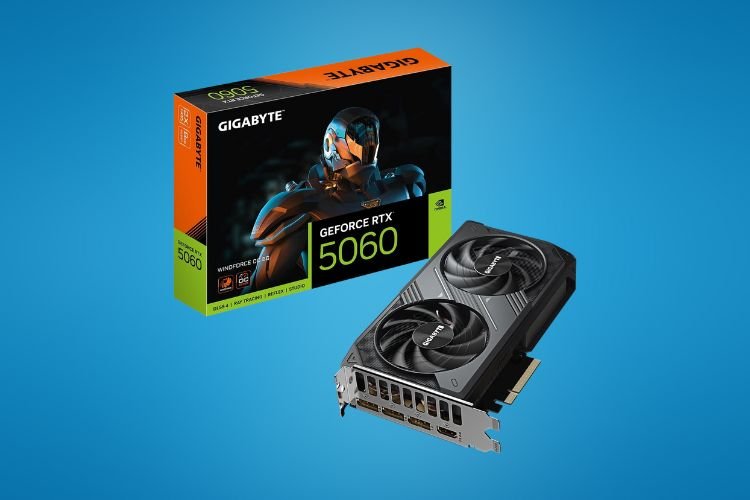We appreciate the support from readers like you at Foxiz. Through your purchases using the links on our site, you empower us with affiliate commissions.
Search
Made by ThemeRuby using the Foxiz theme. Powered by WordPress
RTX 5060 Graphics Card Benchmarks: The Complete U.S. Buyer’s Guide for 2025
Why the RTX 5060 Matters for U.S. Gamers The RTX 5060 graphics card benchmarks are here, and NVIDIA’s newest entry-level-to-mid-range…
Fallout Season 2 Release Date, Cast, Trailer, and Everything We Know
The first season of Amazon’s Fallout TV series took fans and critics by storm, bringing…
5 Way How to Scroll on MacBook Without Overthinking It
If you’re coming from a Windows laptop, learning how to scroll on MacBook can feel…
RTX 5060 Graphics Card Benchmarks: The Complete U.S. Buyer’s Guide for 2025
Why the RTX 5060 Matters for U.S. Gamers The RTX 5060 graphics card benchmarks are…










